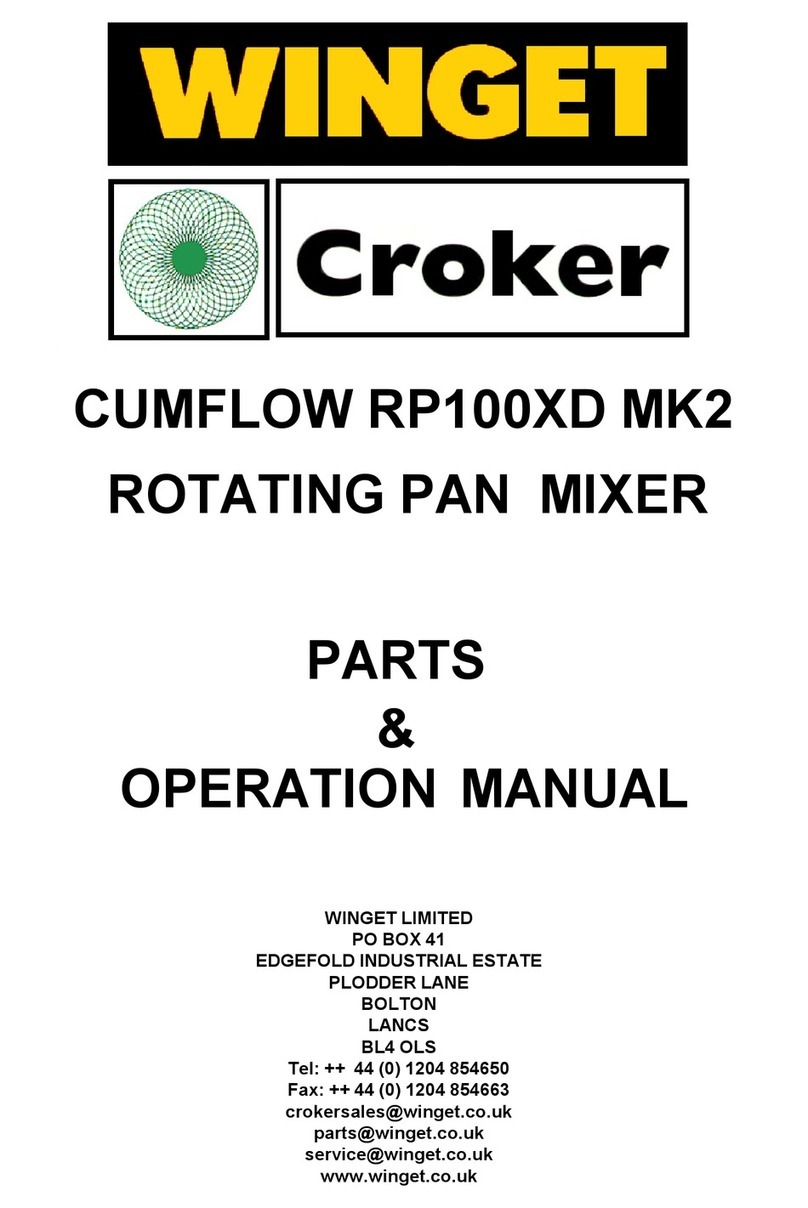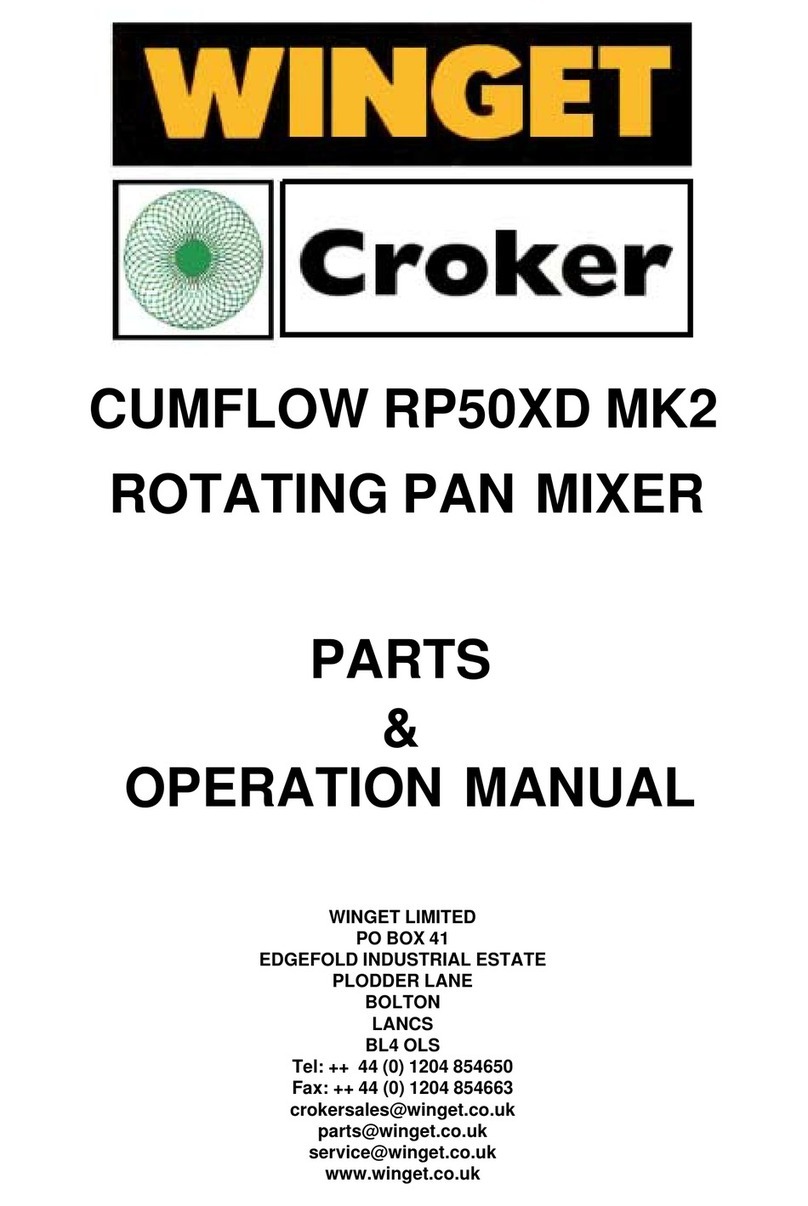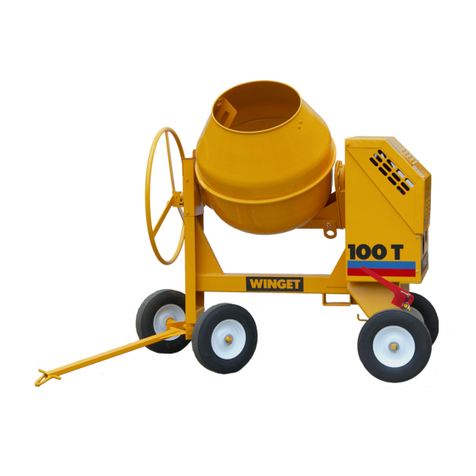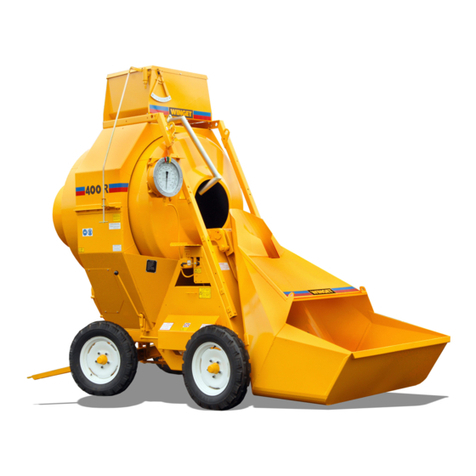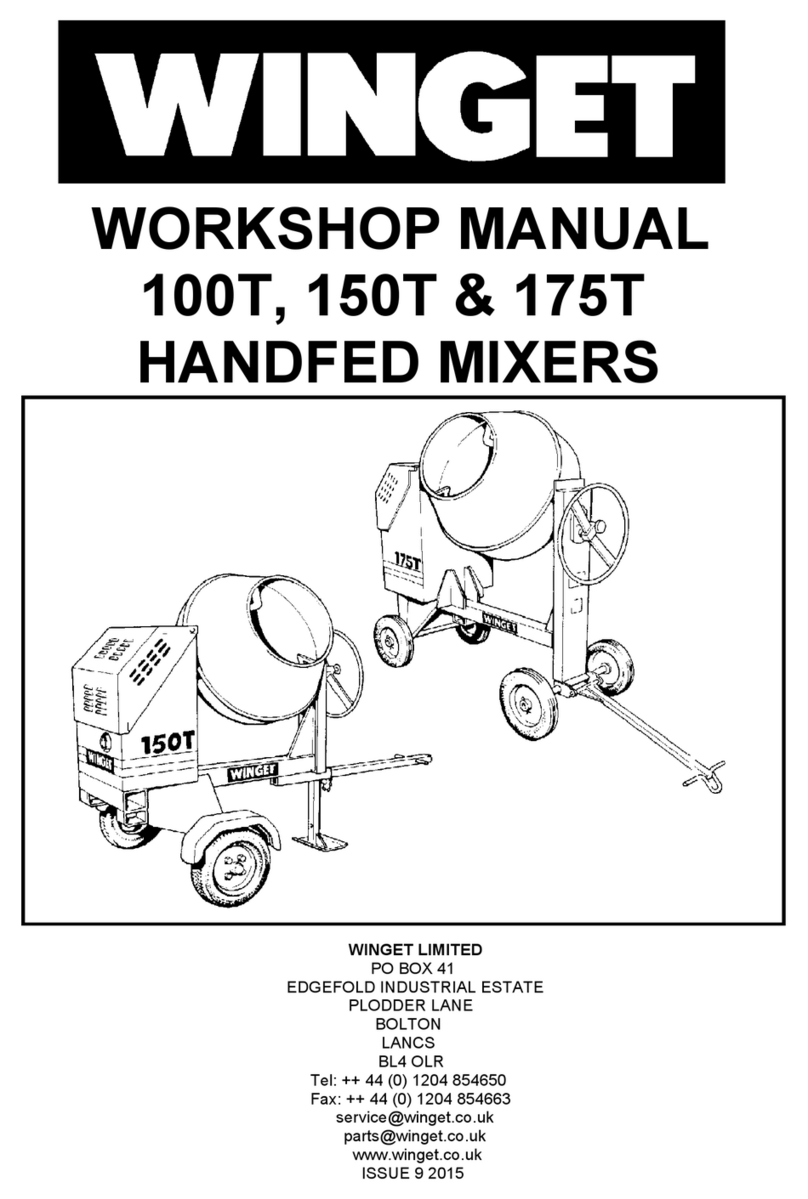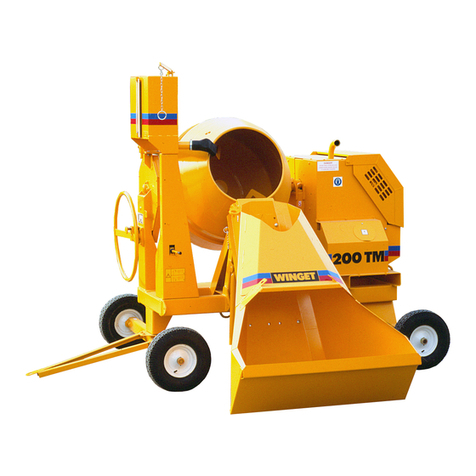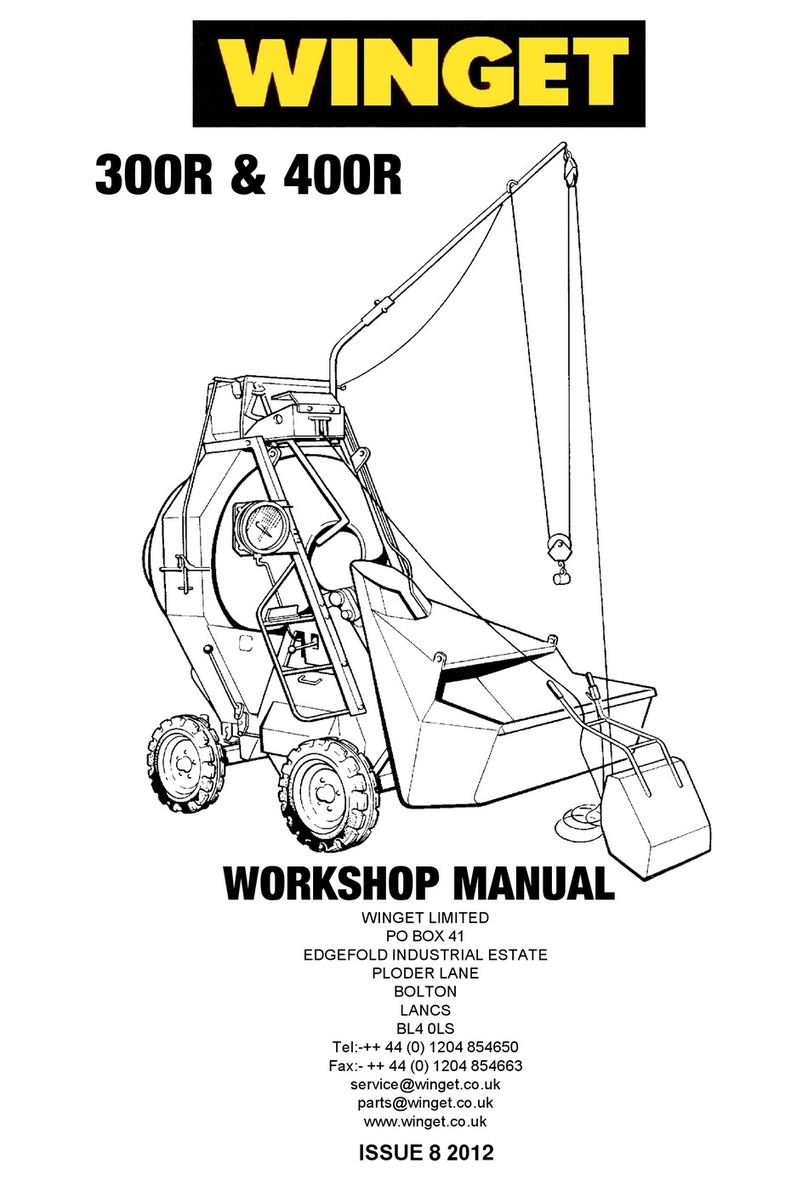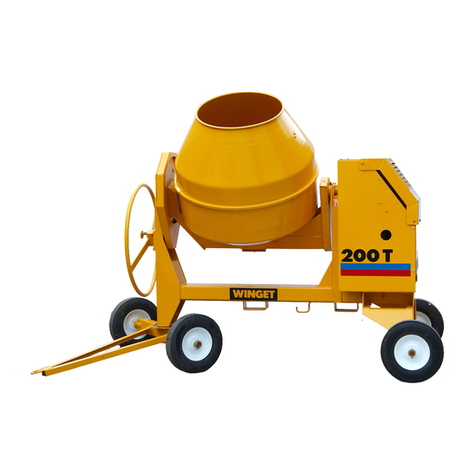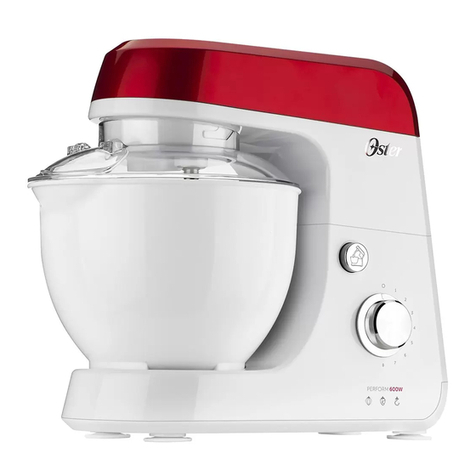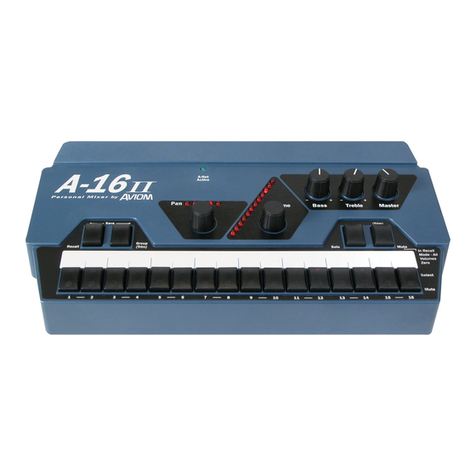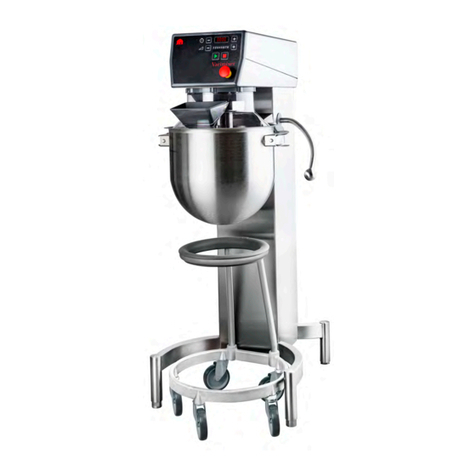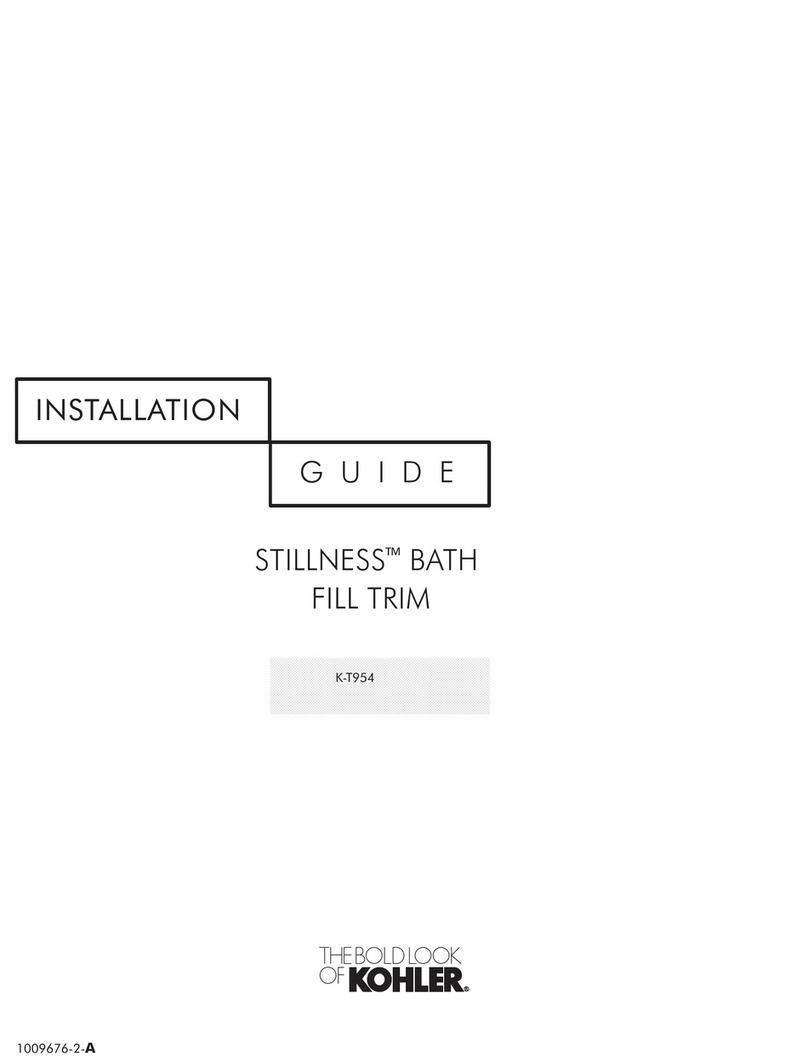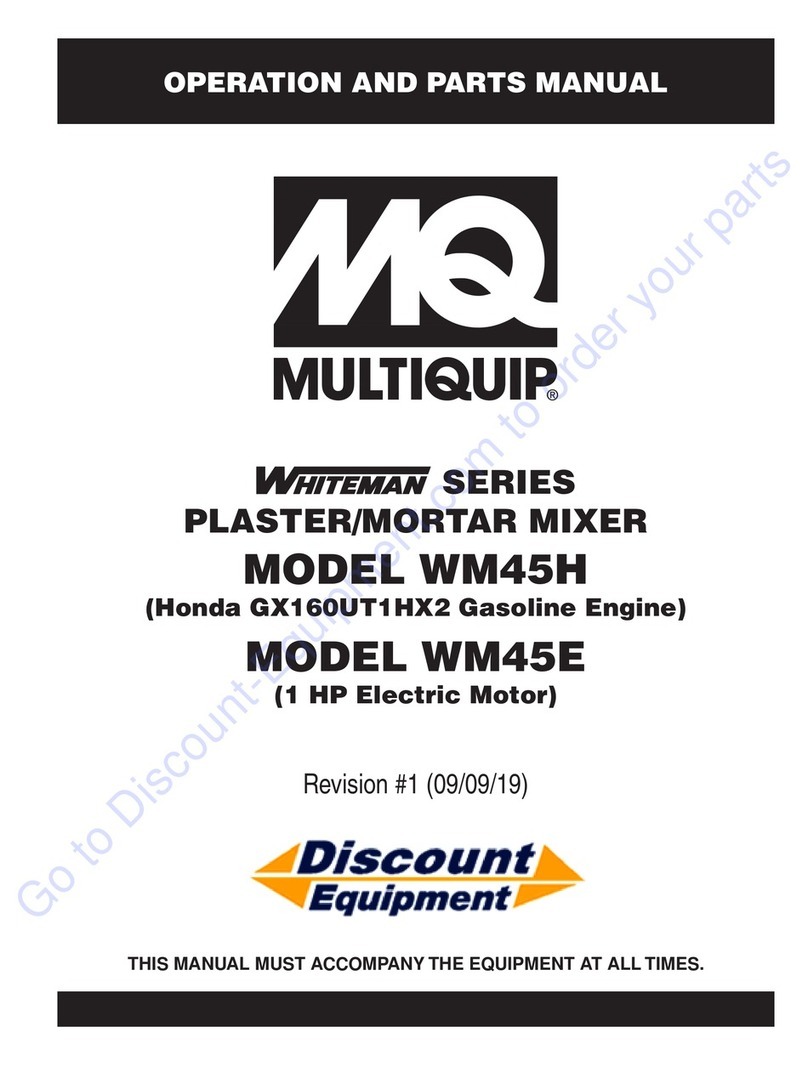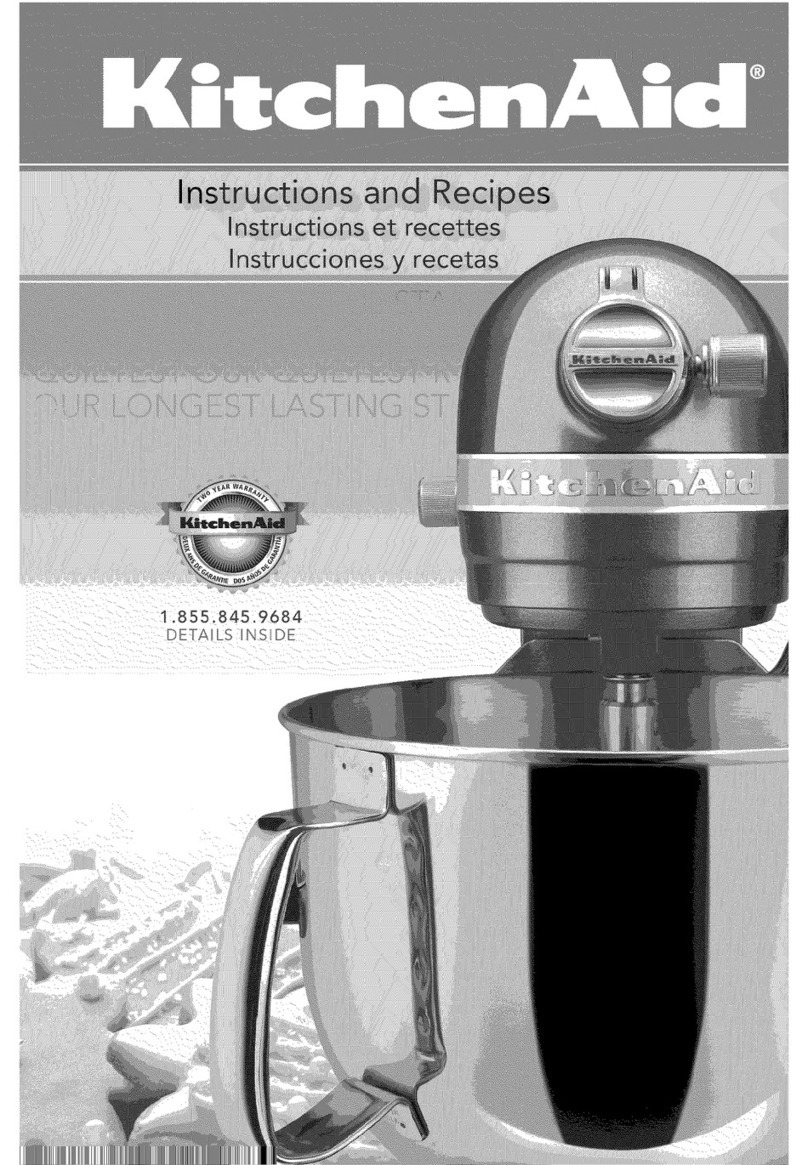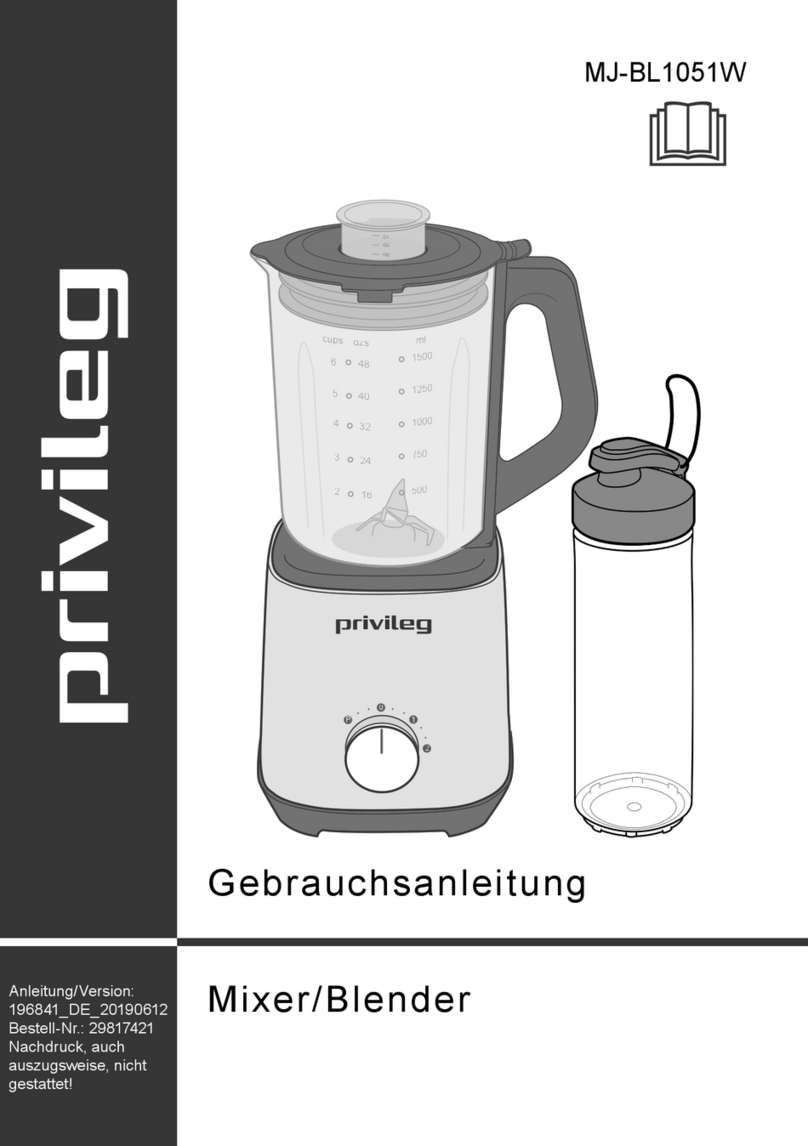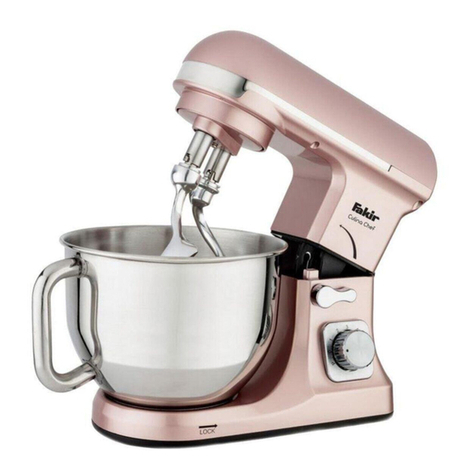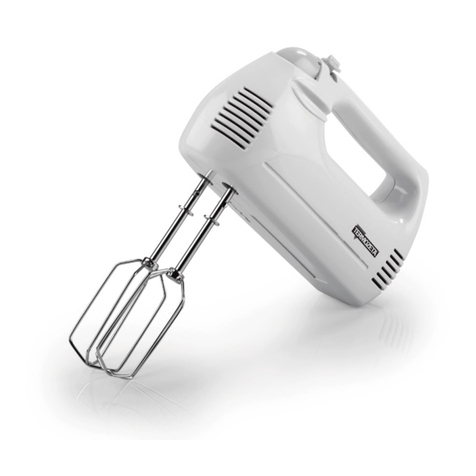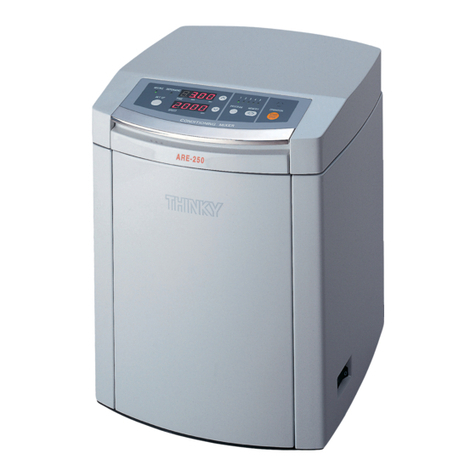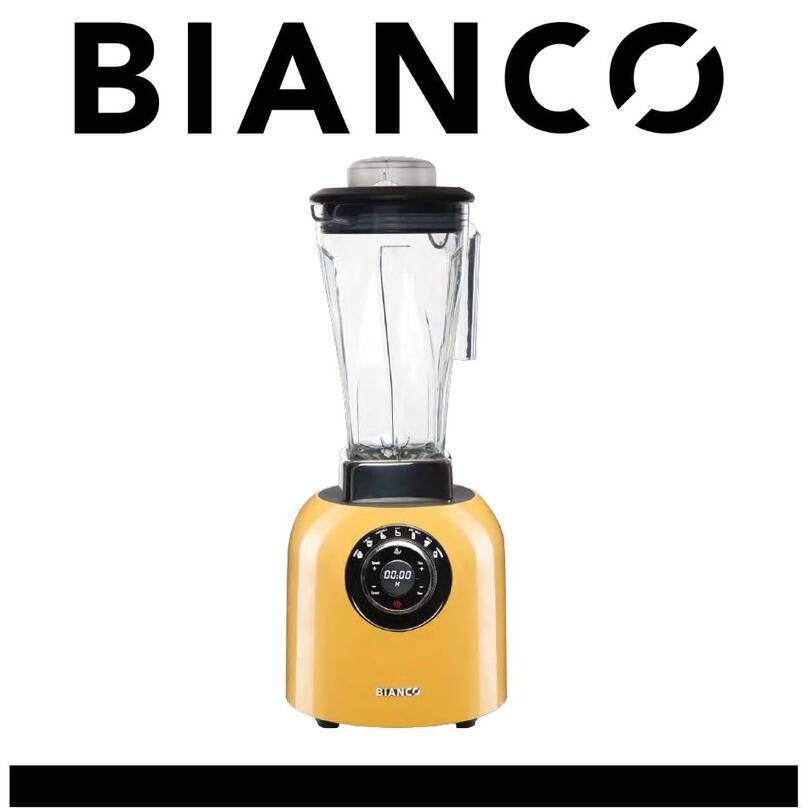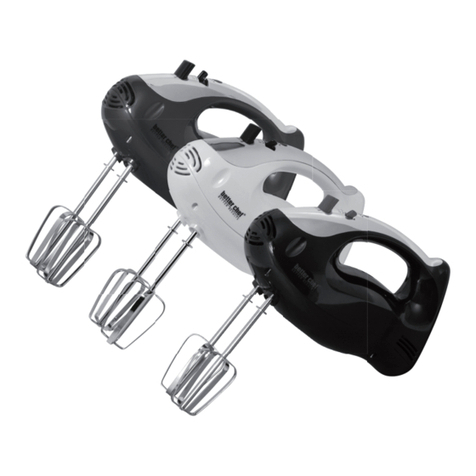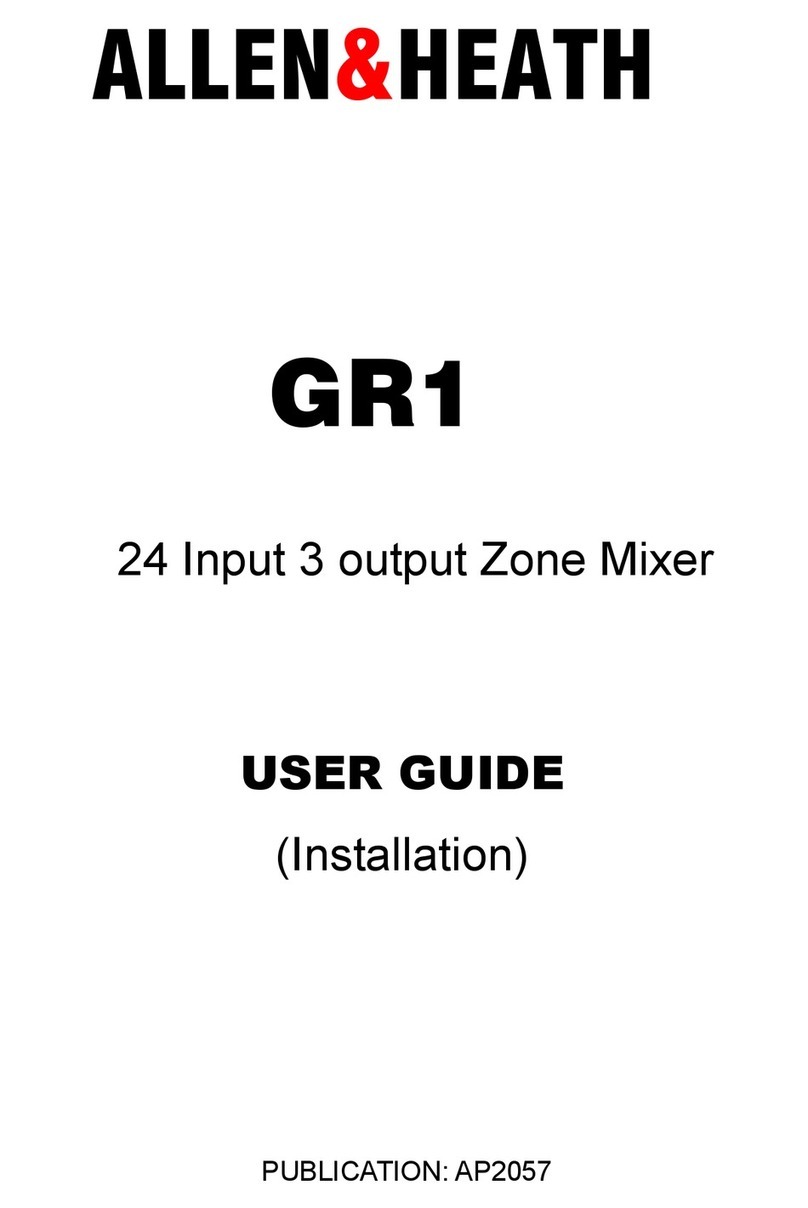
Warranty terms & conditions
The Manufacturer assures you that if any part of the machine becomes defective due to
faulty manufacture or materials within 12 months from the date of purchase, the part will
be repaired or replaced under warranty free of charge by any authorised Winget
Distributor. Warranty repairs must be carried out by Winget Distributors.
This Warranty is given to the first owner and may be transferred to subsequent owners for
the balance of the Warranty period.
The Manufacturer’s liability only extends to the costs of repair or replacement of the faulty
parts and necessary labour charges involved in the repairs. The Company accepts no
liability for any consequential loss, damage or injury, resulting directly or indirectly from
any defect in the goods.
Items not covered by Warranty and considered to be the customer’s responsibility include
normal maintenance services; replacement of service items and consumables;
replacement required due to abuse, accident, misuse or improper operation; replacement
of wearable items e.g. pins, bushes, brake linings, clutch linings etc.
The Warranty will not apply where the equipment is modified, converted, or used for
purposes other than those for which it was designed, unless clearance for the
modifications etc. have been granted by the Manufacturer, in writing.
The Pre-Delivery Inspection and Warranty Registration Document must be completed
correctly and returned to the Manufacturer within 7 days of sale date. Failure to do so may
result in the claim being subsequently rejected.
Tyres and tubes are not covered by Warranty, but are covered by the tyre manufacturer’s
own warranty system which provides against defects in material or workmanship. Engines
are covered separately by the engine manufacturers, and engine warranty repairs must be
handled by the relevant engine manufacturers’ distributors.
No claim will be considered if other than genuine Winget Limited parts, which must be
obtained from Winget Limited via an
authorised Distributor, are used to effect a repair, or if
lubricants other than those recommended by Winget Limited are used.
The equipment must be serviced in accordance with the service schedules laid down by
Winget Limited. Evidence that these have been complied with may be required before
Warranty Claims are reimbursed.
The Manufacturer’s policy is one of continuous improvement. Winget Limited reserve the
right to change specifications without notice. No responsibility will be accepted for
discrepancies which may occur between specification of machines and the descriptions
contained in publications.
